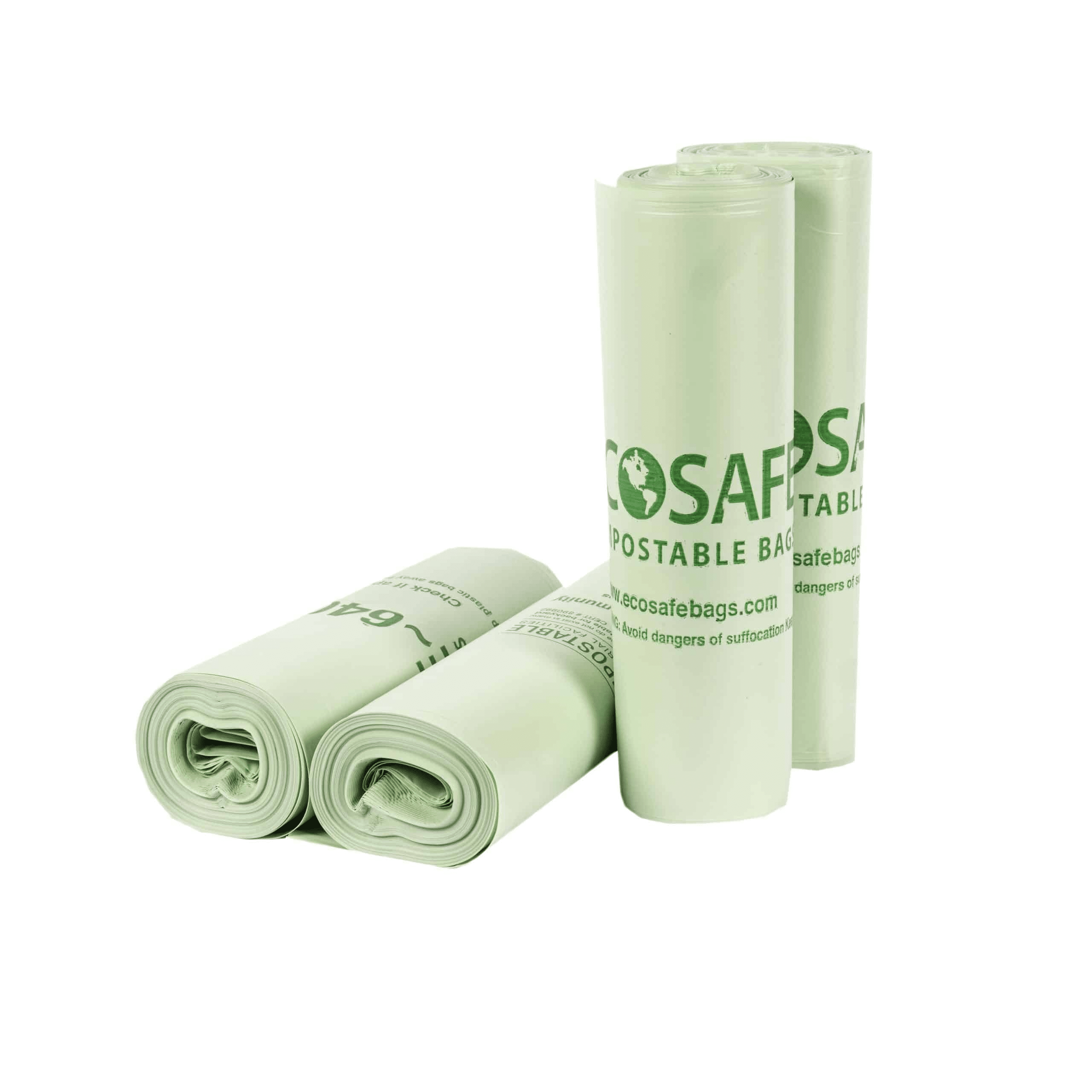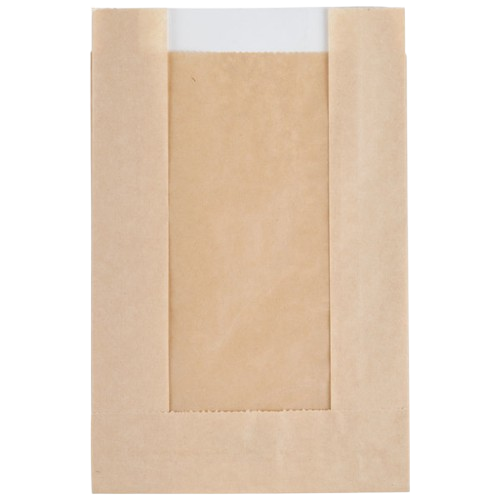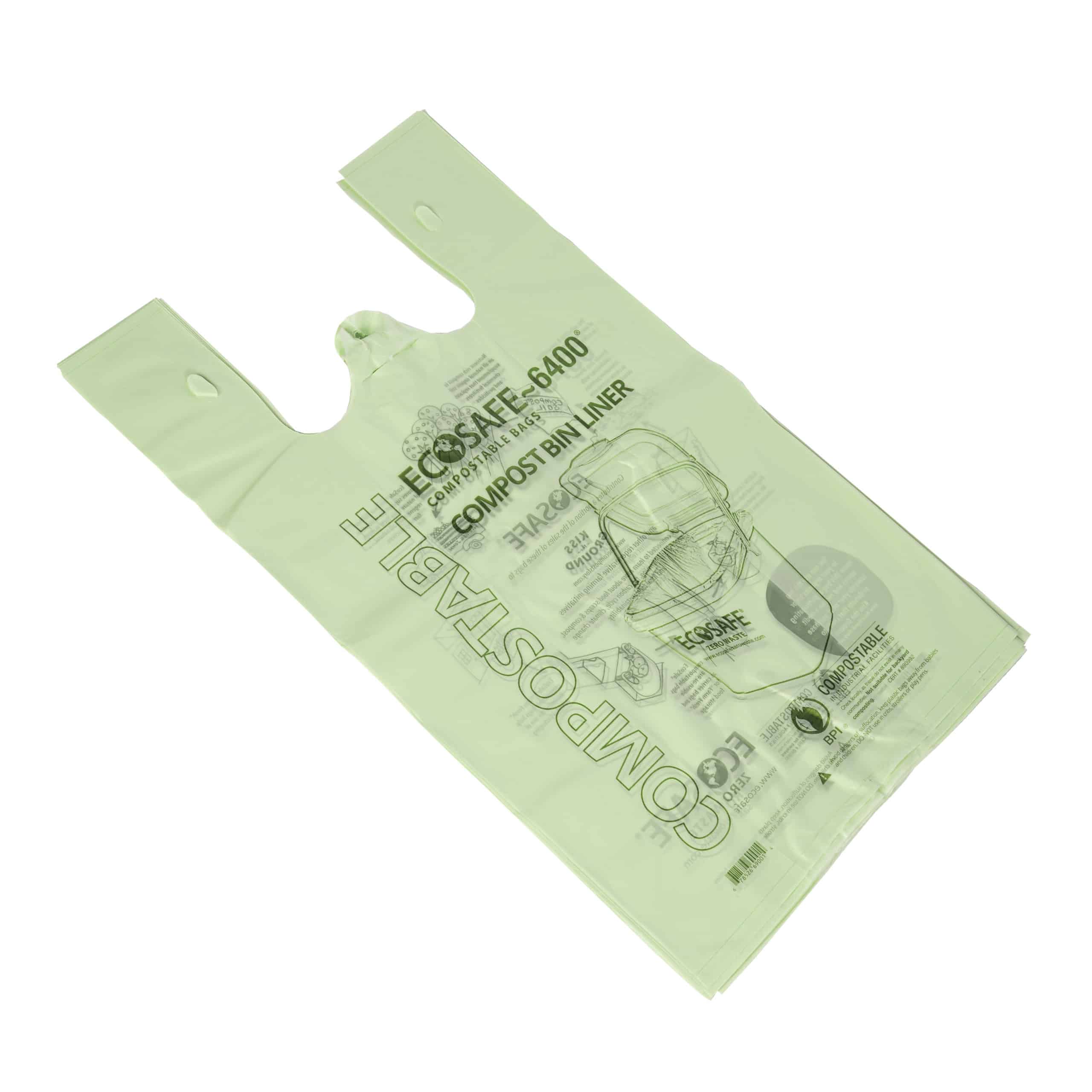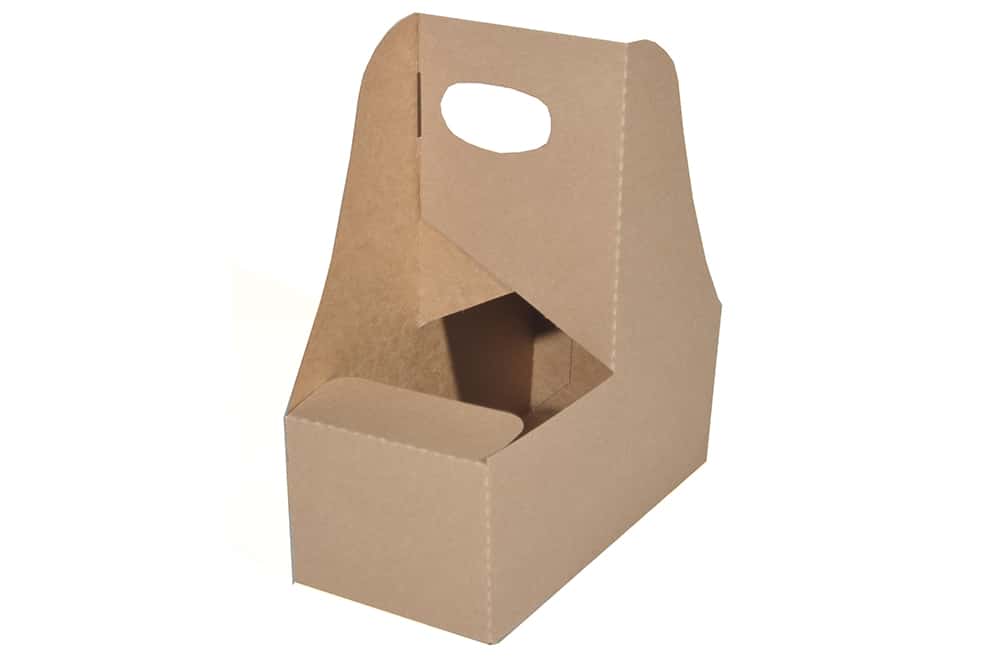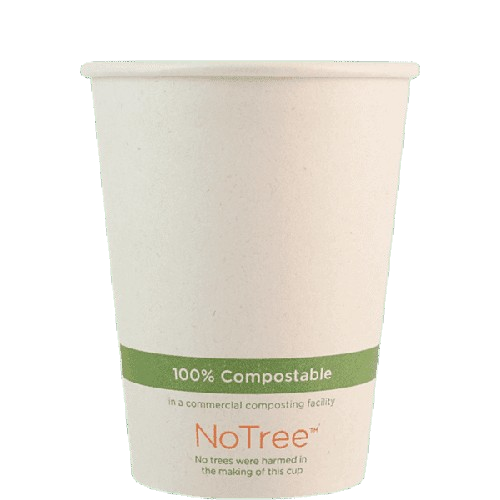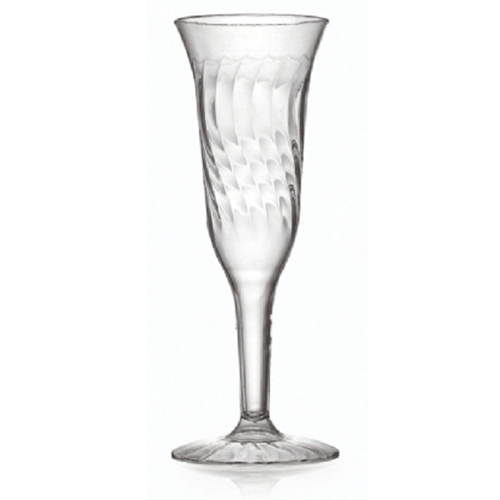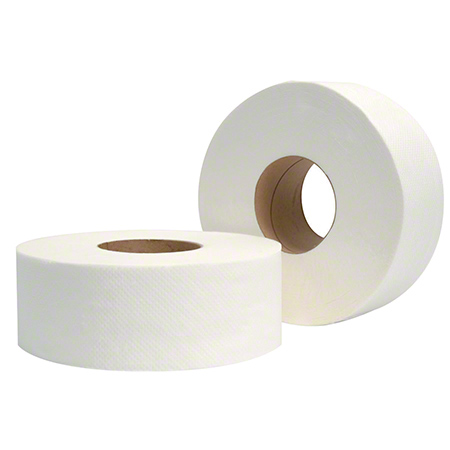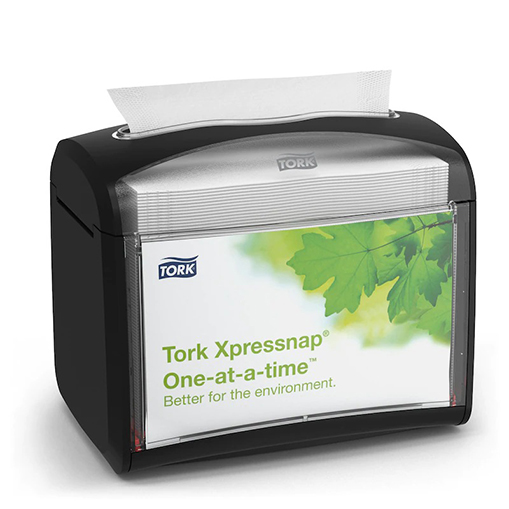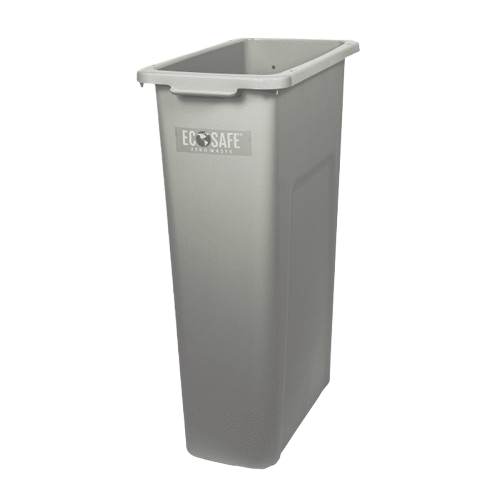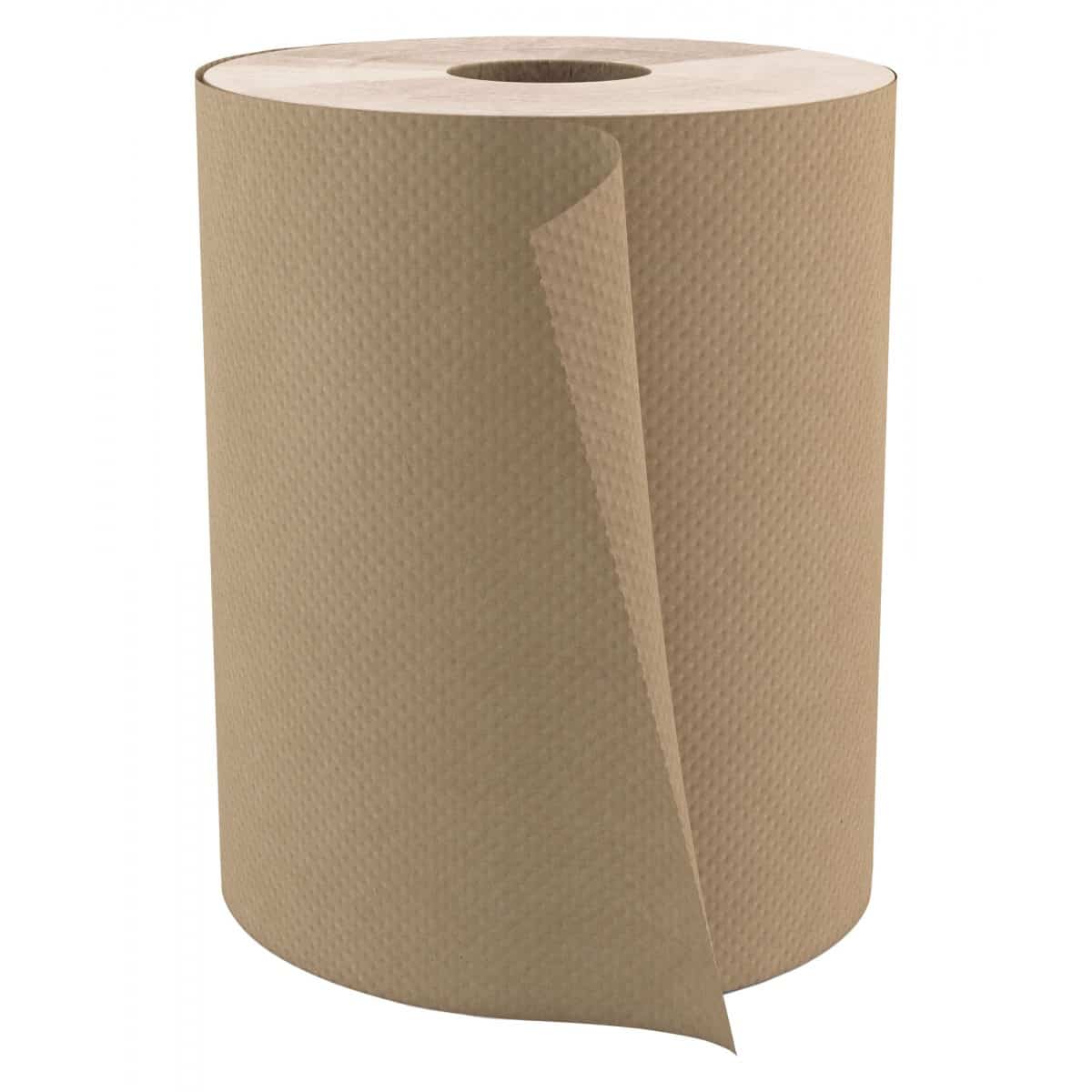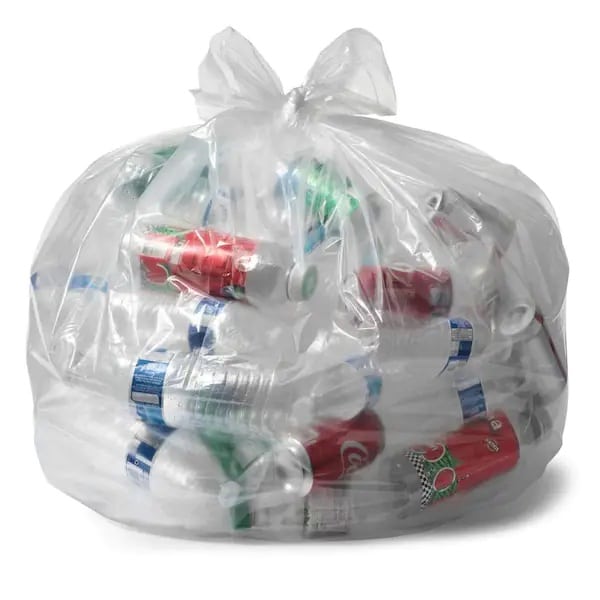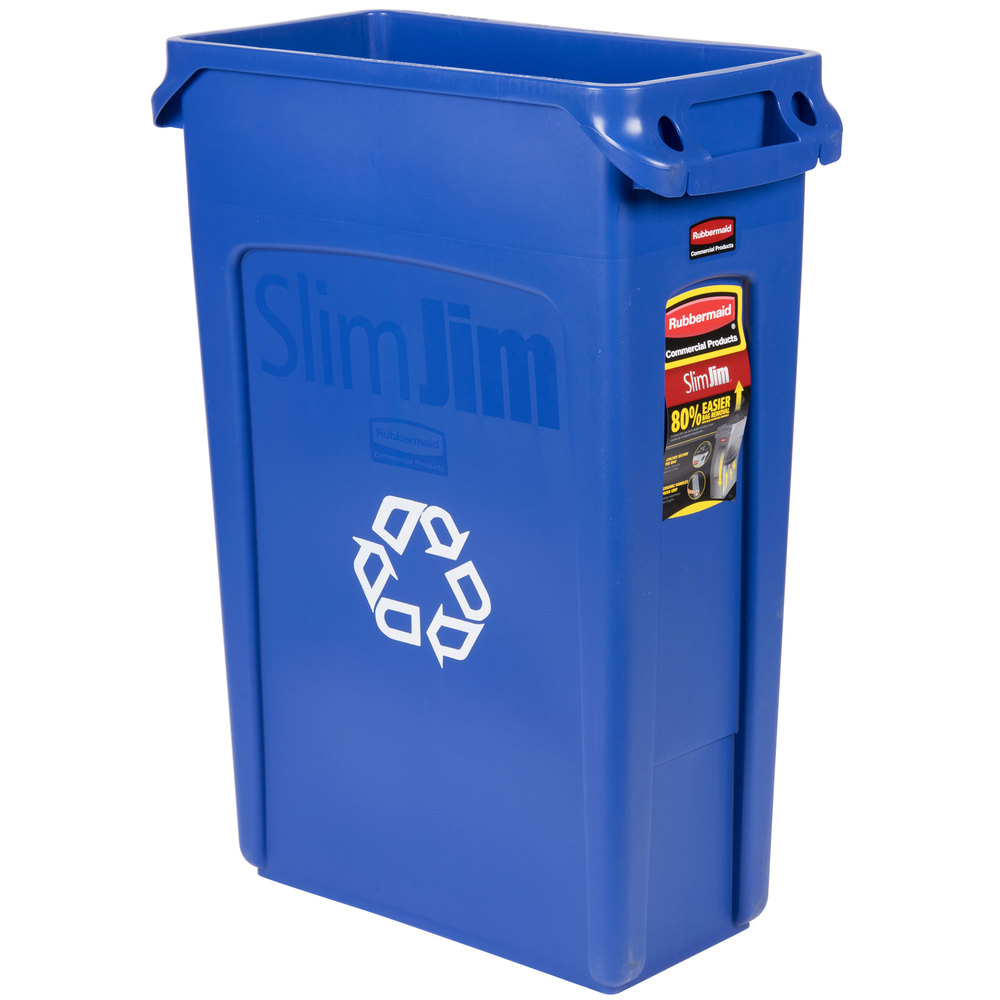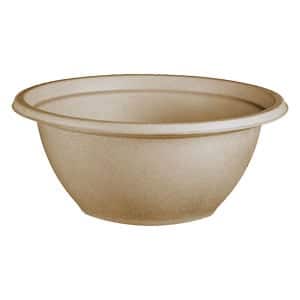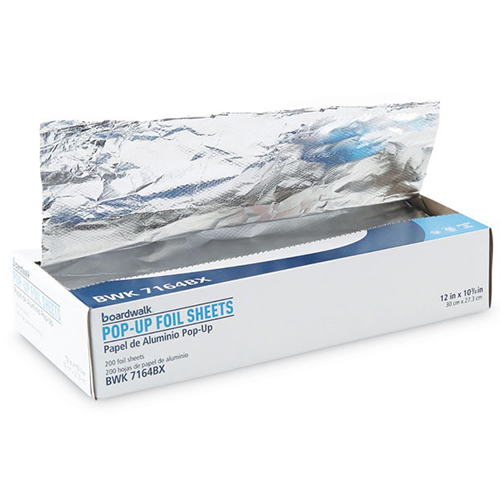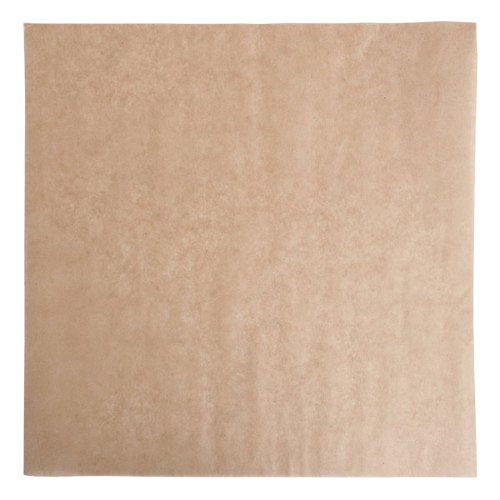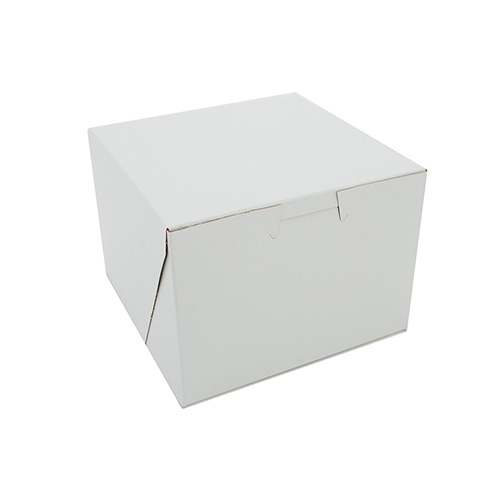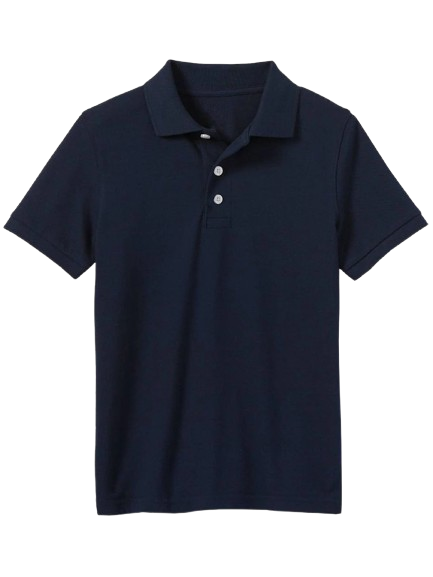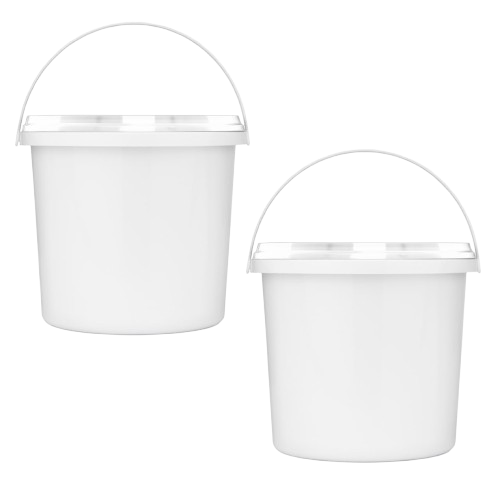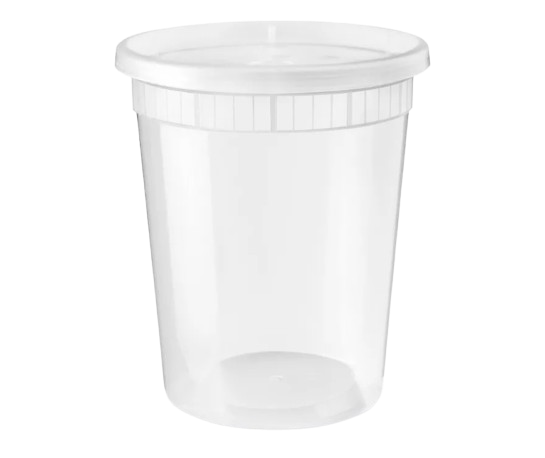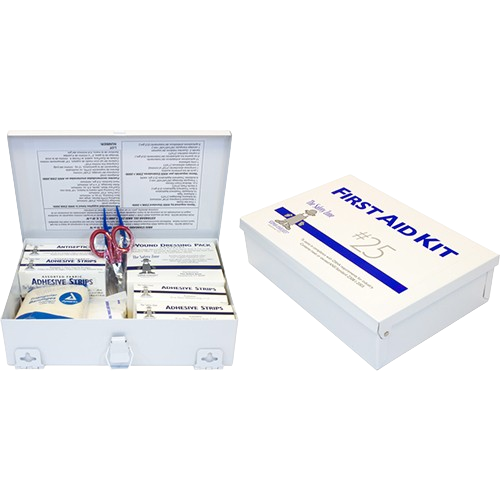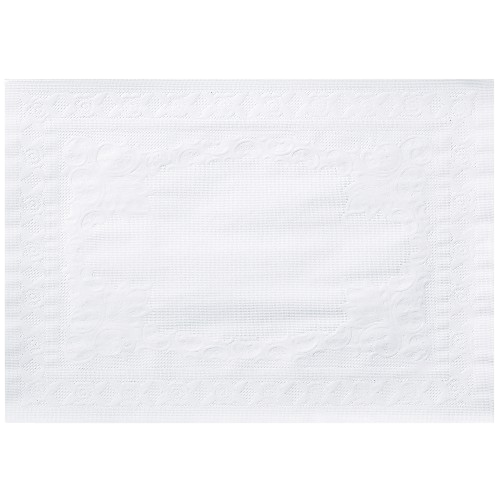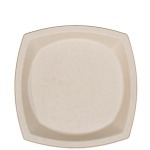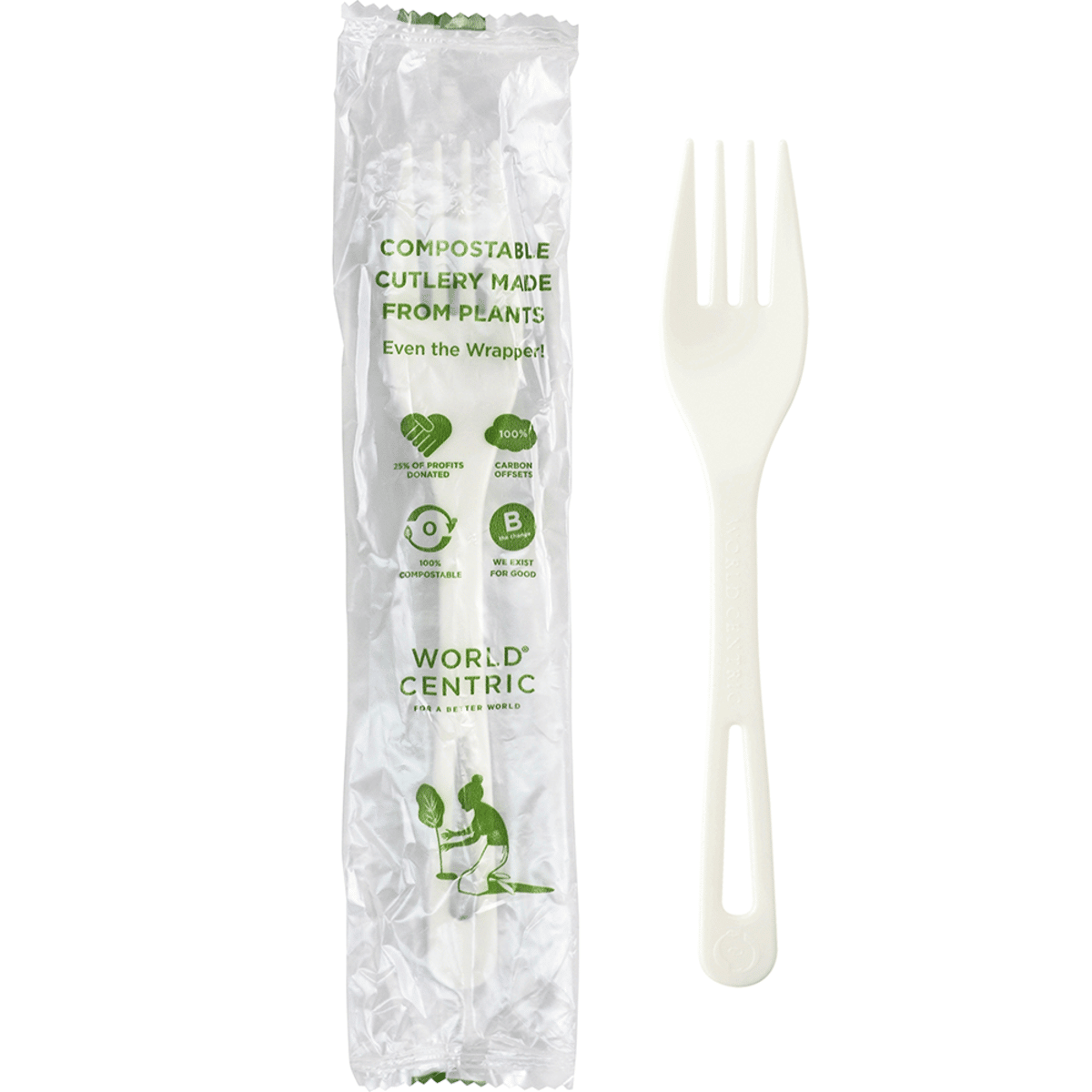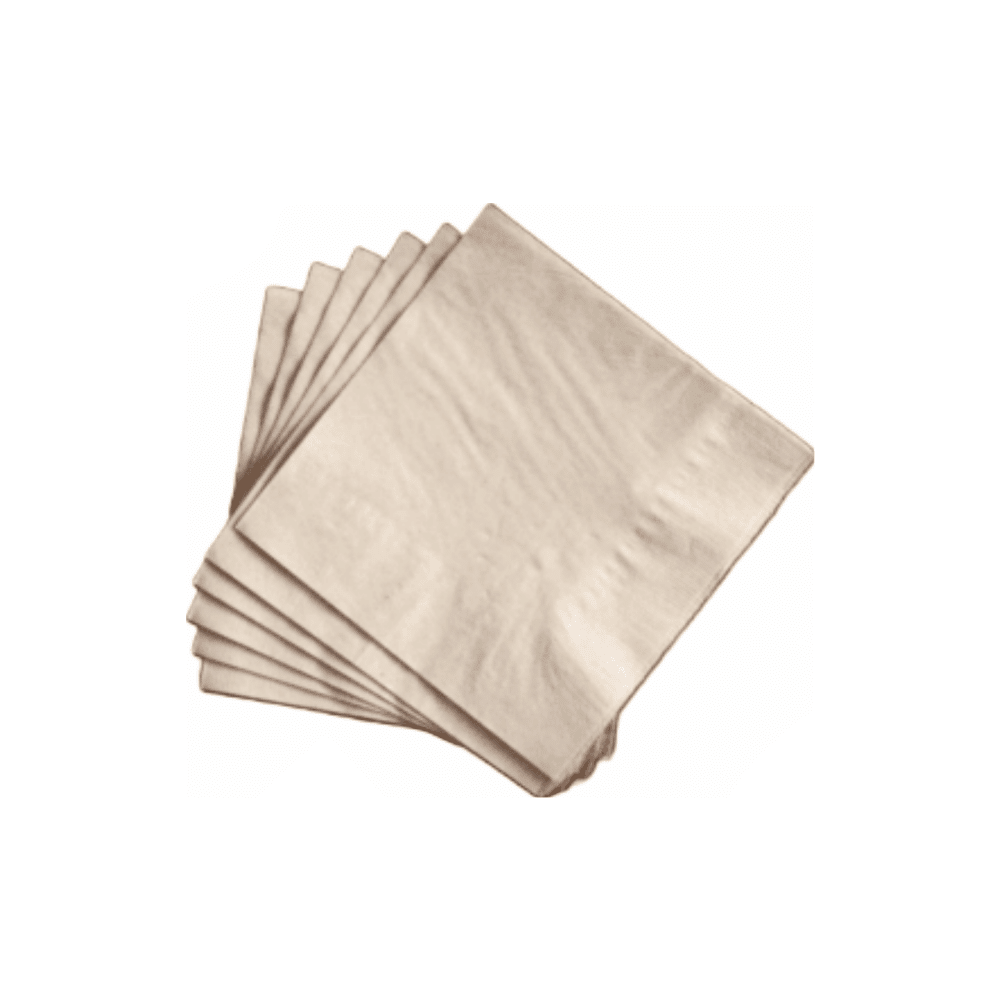
Top 10 Beach Pollution Culprits | The Importance Of Green Packaging
Top 10 Beach Pollution Culprits
A never-ending sea of plastic is destroying the planet. Beach pollution, made up of a variety of plastic waste, is not only ruining the natural beauty of the coastline but is also putting sea life at risk. As humans, we have a responsibility to protect the planet and all its inhabitants, whether this means ditching single-use plastic and switching to biodegradable food packaging, or even going vegan. If you want to snorkel and discover a thriving coral relief and stroll along a golden sandy beach, we must act now to reduce beach pollution and plastic waste.
In this article, we’re going to reveal the top 10 beach pollution culprits and discuss simple changes that we can all make today, that will have a significant impact on the future of our planet.
1: Plastic Single Use Utensils
Plastic utensils might be convenient when you head to the beach for a picnic, but plastic is the world’s most abundant type of marine litter. Even remote areas of the world, far from human activity have been found to contain plastic waste. Plastic utensils such as forks, knives, and spoons are small enough to be mistakenly swallowed by larger sea creatures, and items that are designed to be sharp to cut or pick up food can become life-threatening to marine life. Sharp fragments of single-use plastic utensils also pose a risk to smaller ocean animals – according to Nicholas Mallos, senior director of Ocean Conservancy’s Trash Free Seas Program. But one way to quit cutlery is to invest in a set of reusable utensils that you carry with you at all times, or biodegradable catering supplies. Some restaurants are now stocking compostable food packaging and reusable cutlery too, to fight this issue head-on.
2: Cigarette Butts
In 2017, 2,412,151 cigarette butts were collected during an international coastal cleanup operation. The U.S. accounted for a massive 842,837 cigarette butts with the UAE coming in second with 343,025. The plastic used to create cigarette filters is commonly mistaken for food by marine animals. Since they can contain chemicals that are toxic to animals, cigarette butts are often found in the stomaches of washed-up fish, seabirds, dolphins, and even sea turtles.
3: Plastic Bags
A plastic bag bobbing in the ocean looks remarkably like a jellyfish, and it can also release a distinct smell that seabirds associate with natural food. So, by refusing to use sustainable packaging products, we are continuing to put sea life at risk. If you care about animals, we urge you to adopt a more sustainable way of life and use paper bags and green restaurant supplies over plastic bags for take-out and groceries. Going back to the international coastal cleanup operation, in 2017, 821,734 plastic bags were removed from beaches and coastal areas around the world. Since this figure was recorded in 2017, we can’t comprehend the amount of plastic bags we’d find if this clean-up operation was repeated this year.
4: Plastic Straws
By January 5, 2023, the EU aims to eliminate single-use plastics in order to protect the planet, and by January 2025, it will be a requirement for drink producers to have a minimum of 25 percent recycled plastic in their single-use plastic bottles. In the U.S. many popular restaurants, bars, and fast-food chains have cut back on their use of plastic cutlery and straws, switching to eco-friendly restaurant supplies. According to Better Alternatives Now, 500 million plastic straws and coffee/ tea stirrers are used across the country every single day. Should 1 percent of the country’s annual plastic straw waste end up along the coast, it will undoubtedly have detrimental impacts on the environment and marine life. If you currently offer customers plastic straws and would like to start using biodegradable food packaging, explore our online collection of FDA-compliant paper straws in a variety of styles and sizes.
5: Food Take Out Containers
80 per cent of litter found in and around rivers, oceans, shorelines, and the seafloor is made of plastic, and 44 percent is directly related to take-out food and drinks containers. Data published by scientists who analyzed global inventories cataloging over 12 million pieces of plastic waste and beach pollution really hammers home the shocking implications of modern-day consumerism. Ecopliant helps business owners make more sustainable and eco-friendly decisions by developing high-quality green restaurant supplies to support the foodservice industry. Offer take-out food and drinks without contributing to climate change and beach pollution.
6: Foam Food Containers
Plastic take-out packaging is one thing, but foam food containers are another issue altogether. Food wrappers and foam food take-out containers are within the top 10 items found during international coastal cleanup campaigns. Over 1.7 million pieces of foam food take-out containers were found during the clean-up in 2017. The issue is styrofoam has a very low recycling rate and worst still it floats, and so often gets carried out to sea. Plus when styrofoam containers are exposed to sunlight, they emit harmful air pollutants and can contaminate the ocean. The best solution is for businesses to introduce green packaging, such as compostable food containers that use sugarcane or bagasse fiber materials that are biodegradable.
7: Bottle Caps
For treasure hunters scouring the beaches for coins and artifacts, bottle caps can be a nightmare. Over 1 million bottle caps were found during the 2017 international beach clean-up campaign, and there is no doubt that the real number of bottle caps polluting the coast is far higher. While biodegradable food packaging is not going to solve this issue, the food and beverage industry can play a massive role in reducing bottle cap beach pollution. Incentive schemes that encourage customers to collect and recycle their bottle caps in return for a reward or money off their next order is a proactive approach that could save the lives of hundreds if not thousands of marine animals.
8: Coffee Cups
Grabbing a quick Americano before you hit the beach can seem like a good idea, but if you’re using a regular coffee cup, it likely contains a fine film of polyethylene, making it liquid-proof but difficult to recycle. Even if you do try to recycle it, most waste management facilities will treat it as regular trash. Denmark is taking a stand against single-use coffee cups, with the Government attempting to switch to 80 percent refillable coffee cups by 2030. If you’d like to follow in their footsteps, serve hot beverages and cold drinks in eco-friendly paper coffee cups with a fully fitted fiber lid.
9: Plastic Bottles
Drinking more water can certainly help flush out toxins in the body, but choosing to sell plastic bottles over eco-friendly restaurant supplies is destroying our planet. According to recent data, 500 billion plastic bottles are used every year, meaning there are 66 times as many bottles as there are humans on the planet. Swapping this single item for reusable glass bottles, or serving cold drinks in 100% compostable cups is a green move that will help attract eco-conscious customers as well as reduce the amount of plastic beach pollution in the world. We just need to make sure our waste gets disposed of properly. In this case, compostable materials must make it to the green bin or risk not getting composted at all.
10: Food Wrappers
Food wrappers also make it into the list of the top 10 beach pollution culprits, with the International Coastal Cleanup revealing a staggering 4,771,602 food wrappers were collected in a single day in 2019. From candy wrappers to chip bags, according to Ocean Conservancy, plastic has been found in 59 percent of sea birds, 100 percent of sea turtle species, and over 25 percent of fish sampled from seafood markets worldwide. So ditch processed pre-packaged food and drinks and transform your business by becoming more sustainable and eco-friendly with help from mysupplyclub.com.
References:
1: https://www.forbes.com/sites/jeffkart/2019/09/06/plastic-is-forking-up-beaches-disposable-cutlery-now-on-top-10-list/?sh=51712ee2345b
2: https://www.worldatlas.com/articles/the-10-types-of-litter-most-commonly-found-on-beaches-around-the-world.html
3: https://www.thejournal.ie/single-use-plastic-directive-ireland-5484427-Jul2021/
4:https://static1.squarespace.com/static/5522e85be4b0b65a7c78ac96/t/5aa0618a8165f553aa68b8b8/1520631281665/5+Gyres+BAN+List2.pdf
5: https://www.bbc.com/news/science-environment-57436143#:~:text=Scientists%20analysed%20global%20inventories%20cataloguing,take%2Dout%20food%20and%20drinks.
6: https://europe.oceana.org/en/press-center/press-releases/oceana-calls-denmark-phase-out-single-use-coffee-cups-prevent-marine
7: https://www.condorferries.co.uk/plastic-in-the-ocean-statistics
8: https://www.onegreenplanet.org/environment/plastic-food-wrappers-now-most-common-trash-item-on-beach/



